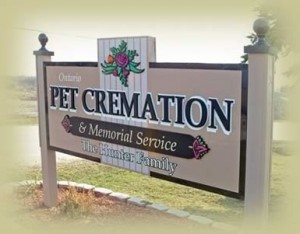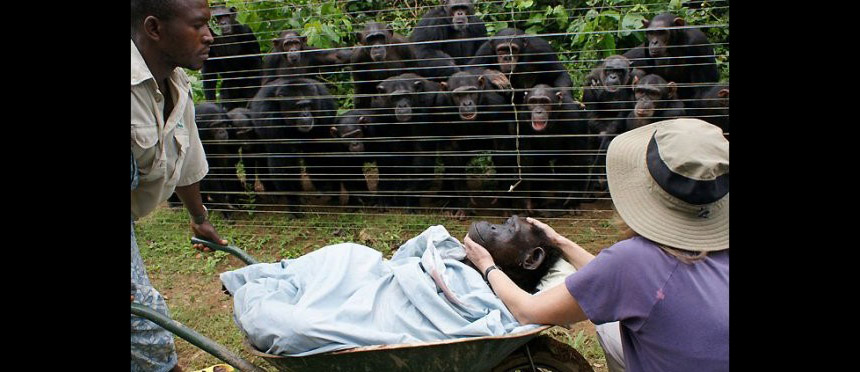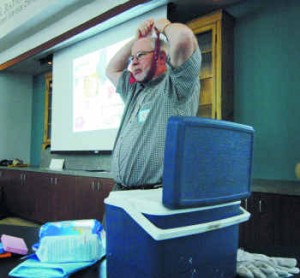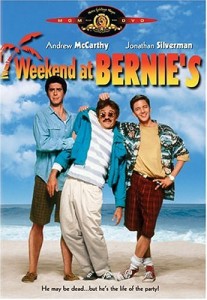Nude Cemetery Photos Result In Charges
Renowned Japanese photographer faces up to six months in prison
Associated Press (May 20, 2010)
What is it about cemeteries, coffins, and all manner of death objects that makes people want to rock the sexy time? I know I know. I’ve read plenty of Freud and Lacan too, but still…What I like about this story is that the Japanese photographer in question has taken the ‘I admit that I messed up’ route and that he will pursue other venues for his creative expression.
I haven’t seen the calendar in question, this would be the calendar that the models were posing for, but this entire story reminds of a post Meg posted in February. That particular news item involved a series of ‘Sexy Coffin’ calendars from Italy and Poland. The Italian calendar is particularly (in)famous and has been around for a while. I actually own a few years worth but keep them hidden in a discreet brown paper bag….
But this Japanese incident also reminded me of the photography work by Spencer Tunick, who creates massive tableau shots featuring hundreds of naked bodies. What I admire about Tunick is that he keeps coming up with new ways to make his photos interesting.
So the lesson, I think, for Japanese photographer Kishin Shinoyama is that he should have brought 300 nude models to the cemetery thereby using the sheer force of nakedness to shut down any complaints. Ok…this isn’t really a feasible plan but I’d be curious what hundreds of naked people in a cemetery might look like in a photograph.

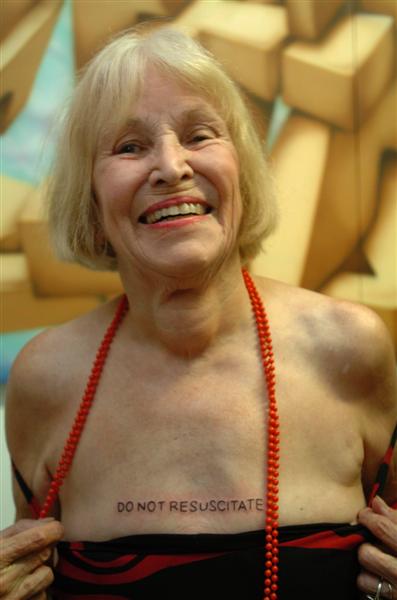
 “There has been significant growth in pet cremation over that past ten years as families seek ways to appropriately memorialize a cherished pet,” said IAOPCC President Scott Hunter, “and at the same time owners want reassurance that the cremation facilities they use provide high quality services for their pets. By working with the Cremation Association of North America, we seek to establish standard industry terminology and practices for the proper respectful care of pets in memorial services.”
“There has been significant growth in pet cremation over that past ten years as families seek ways to appropriately memorialize a cherished pet,” said IAOPCC President Scott Hunter, “and at the same time owners want reassurance that the cremation facilities they use provide high quality services for their pets. By working with the Cremation Association of North America, we seek to establish standard industry terminology and practices for the proper respectful care of pets in memorial services.”